Market Trends
Key Emerging Trends in the Honeycomb Glass Market
The Honeycomb Glass Market is currently witnessing dynamic trends that highlight the versatility and aesthetic appeal of honeycomb glass in architectural and interior design applications. One prominent trend is the increasing use of honeycomb glass in the construction industry for façade systems and curtain walls. The unique hexagonal structure of honeycomb glass panels provides a balance between transparency and insulation, contributing to energy-efficient building designs. This trend aligns with the growing emphasis on sustainable and energy-efficient construction practices, as architects and developers seek innovative materials that enhance both aesthetics and performance in modern buildings.
Moreover, the interior design sector is a major contributor to the momentum in the Honeycomb Glass Market. Honeycomb glass finds applications in partitions, room dividers, and decorative elements, adding a touch of elegance and contemporary design to interior spaces. The translucent and light-filtering properties of honeycomb glass contribute to creating open and visually appealing environments, making it a popular choice for residential and commercial interiors. This trend reflects the demand for materials that strike a balance between functionality and design aesthetics in interior spaces.
Technological advancements in glass manufacturing processes are shaping market trends in the Honeycomb Glass Market. Innovations such as advanced cutting and bonding techniques, as well as the use of high-performance coatings, are enhancing the structural integrity and functional properties of honeycomb glass. This trend is crucial for meeting the evolving needs of architects and designers who seek customized and high-quality solutions for their projects. The industry's focus on continuous innovation is driving the development of honeycomb glass products that cater to diverse applications.
The furniture and décor industry's influence on honeycomb glass trends is substantial, with designers incorporating honeycomb glass elements into furniture pieces and decorative items. The lightweight and visually striking nature of honeycomb glass make it an attractive material for creating modern and stylish furniture designs. This trend aligns with consumer preferences for contemporary and functional furniture, driving the integration of honeycomb glass in the production of tables, shelves, and other interior furnishings.
Sustainability considerations are increasingly shaping market dynamics in the Honeycomb Glass Market. As industries face growing pressure to adopt eco-friendly practices, manufacturers are exploring sustainable sourcing and production methods for honeycomb glass. The development of recyclable and low-emission honeycomb glass products aligns with the broader industry movement towards reducing environmental impact and meeting consumer expectations for sustainable building materials.
E-commerce is playing a role in reshaping the distribution channels of honeycomb glass products. The convenience of online platforms for product discovery, comparison, and purchase is influencing buyer behavior in the architectural and interior design sectors. Manufacturers and distributors are adapting to this trend by enhancing their online presence, providing detailed product information, and offering efficient delivery services. The accessibility of honeycomb glass products through e-commerce platforms contributes to increased market awareness and ease of procurement.
Regulatory considerations and adherence to safety standards are pivotal factors shaping market dynamics in the Honeycomb Glass Market. As honeycomb glass is utilized in architectural applications where safety and structural integrity are paramount, compliance with regulations related to glass performance, building codes, and safety standards is crucial. Companies are investing in research and development to ensure that their honeycomb glass products meet or exceed regulatory requirements, providing assurances to architects, builders, and regulatory authorities.
Strategic collaborations and partnerships are emerging as trends in the Honeycomb Glass Market. Companies are exploring synergies through joint ventures, alliances, and collaborations to enhance research, development, and commercialization efforts. The collaborative approach allows for the exchange of expertise, resources, and market insights, fostering innovation and ensuring the continuous growth of the honeycomb glass industry.

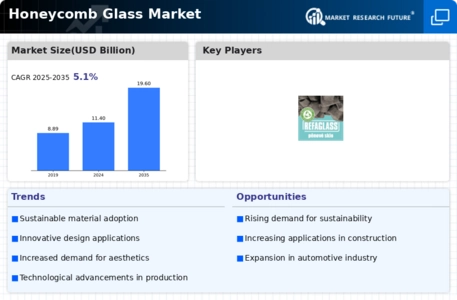
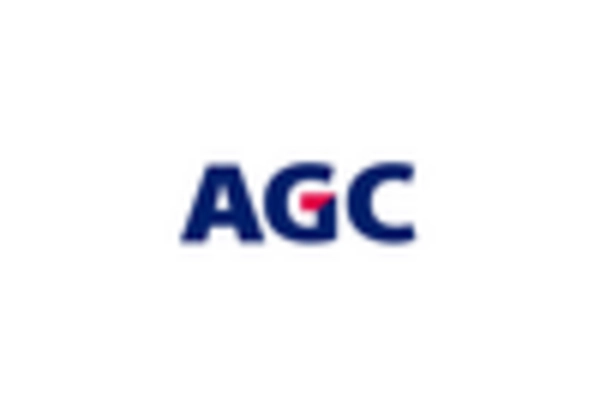
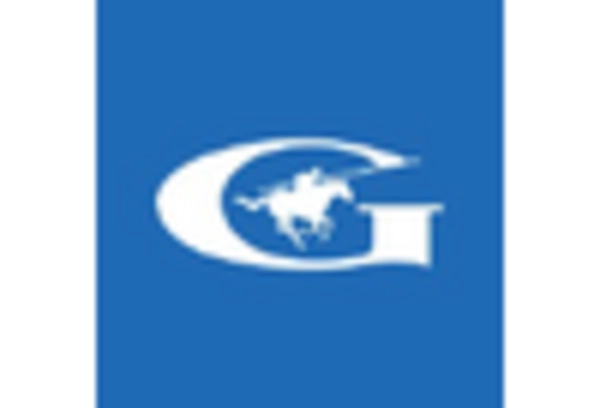
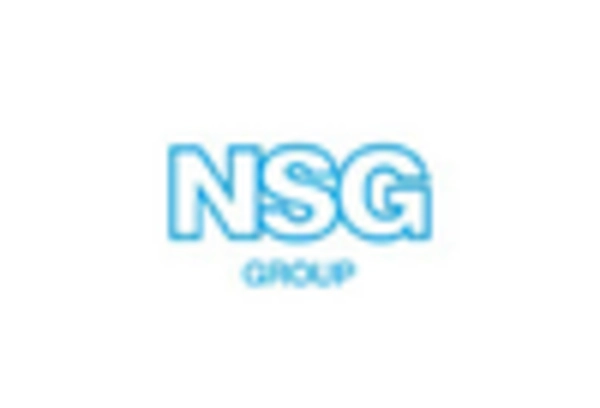
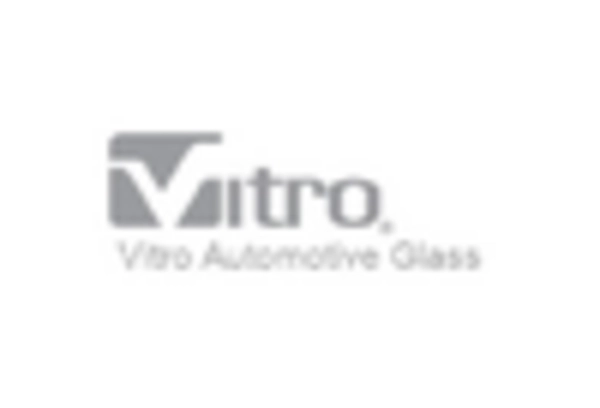

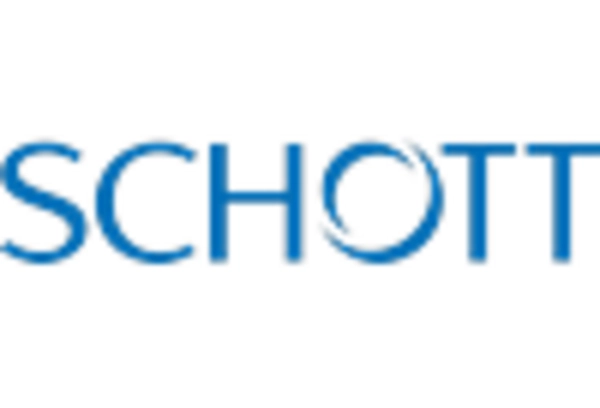

Leave a Comment